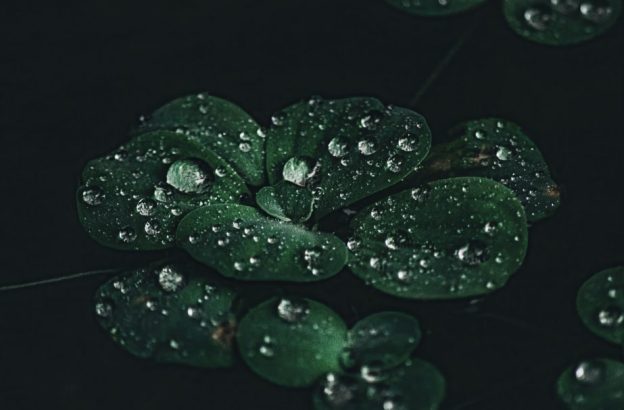Agriculture is one job where people can spend a lot of time working outside. It means they are at the mercy of the elements. The rain is a big issue, especially in the UK. Working in it can increase the risk of injury and illness. So, it is important to have the right clothes here. Waterproofs are essential, and every worker will likely need a good jacket and trousers at least. It may also be necessary to get waterproof gloves, a hat, and more.
Most people will know the basic idea of how waterproofing works. It is a material that does not absorb moisture. However, they may not know specifically how a waterproof membrane works with clothing and other items. It is a little different. We want to take a closer look here to help you expand your knowledge.
What are they?
The membrane is a sheet of material that has lots of tiny holes in it. At the moment expanded polytetrafluoroethylene (ePTFE) is the most common material. However, some products are expanded polyethylete (ePE) instead. They will likely become more common in the future because of concerns about the human and environmental impacts of fluorinated carbon chemistry.
The key thing here is the holes are physically too small for liquid molecules to pass through. So, it can repel moisture and hence make the items waterproof. However, gases can pass through. This is important for waterproofs as it means the material can breathe to let heat and sweat out. It is vital for comfort.
The waterproof membranes are surprisingly fragile though. This is because the process to create them involves heating and stretching. There is a risk of ripping and tearing because they are so thin. Soiling is also a concern as dirt could clog the holes and prevent the material from breathing.
Due to the fragility and issues soiling would cause, the membranes are often sandwiched between materials. There can be various combinations here. Some are known as 2 layer and have a mesh attached to an outer lining material. They tend to be the cheapest option. Then there are 2.5 layer, which can be the same but with a spray on protective coating inside on top of the mesh. Finally is 3 layer which can have an outer material, the mesh, and an inner material lining. These tend to be the most costly.
What to choose?
All of this might make it a little confusing to decide what waterproofs to choose. As we touched on, there will be a difference in price. You need to decide what will work for your budget.
The number of layers can also have an impact on the quality and how long they last. The 3 layer garments tend to have the longest life cycles. This is because the extra inner lining material can protect the mesh from body oils that can cause clogging.
Weight is also something to look at, especially with work garments. The 2 layer ones will naturally be the lightest. At the other end, the 3 layer tend to be heavier. The 2.5 layer can be an interesting middle ground, lighter than 3 layers but with a similar level of protection.
Talk to us about waterproofs
At JS Hubbuck Ltd we know how important the right clothing is in agriculture. In fact, we have felt firsthand how uncomfortable it can get spending a lot of time working outdoors when it is wet. So, people need clothes that can keep them dry. They need to be properly waterproof rather than just water resistant. It will mean they can keep water out even if you are in a continuous downpour for a long time.
We have some really great waterproofs in stock if you are looking for quality jackets, trousers, or overalls. You can browse a small selection on our website. In addition, you can contact us if you want more info.

